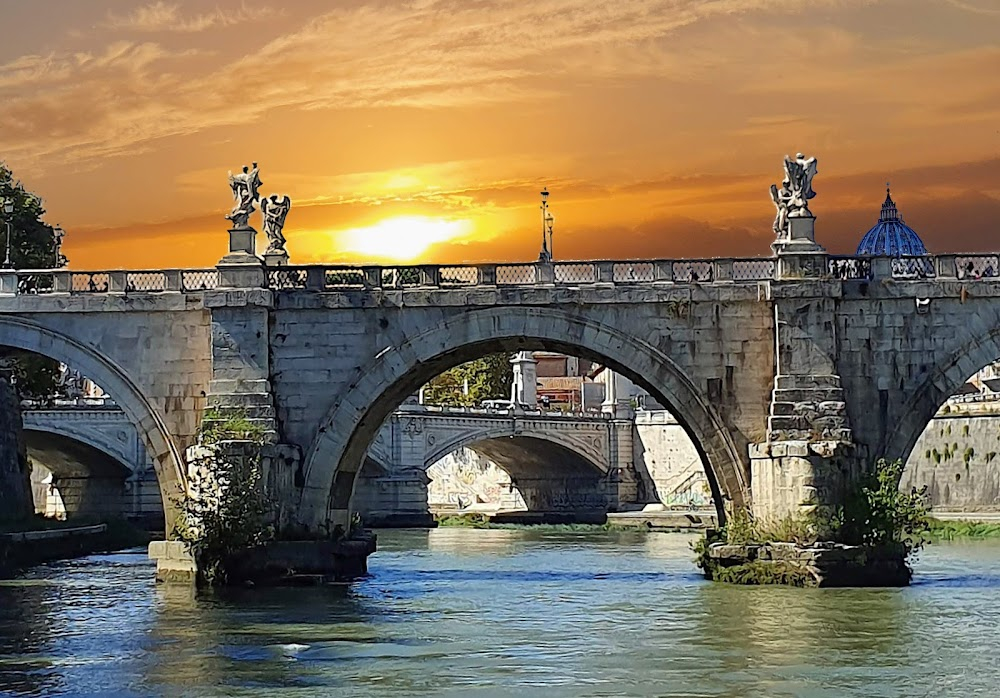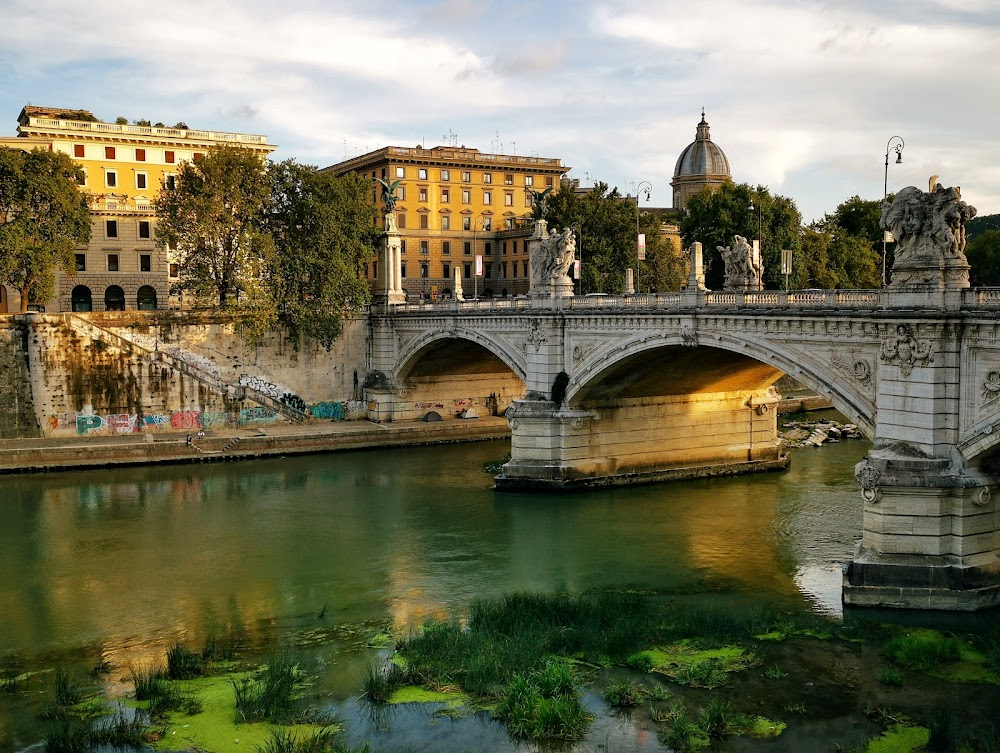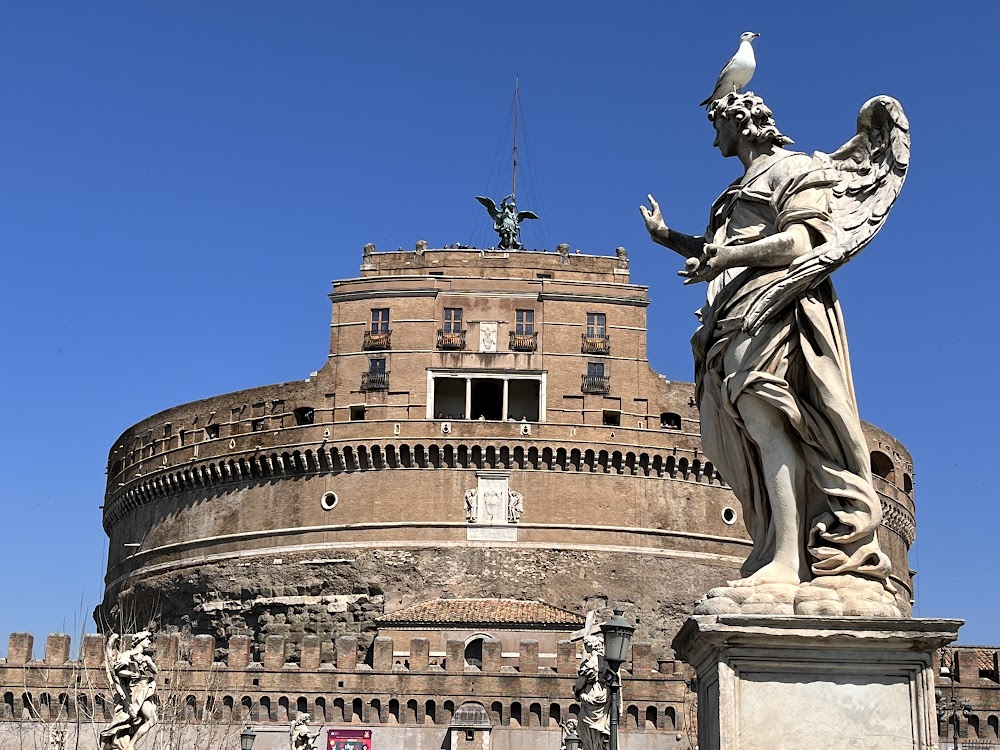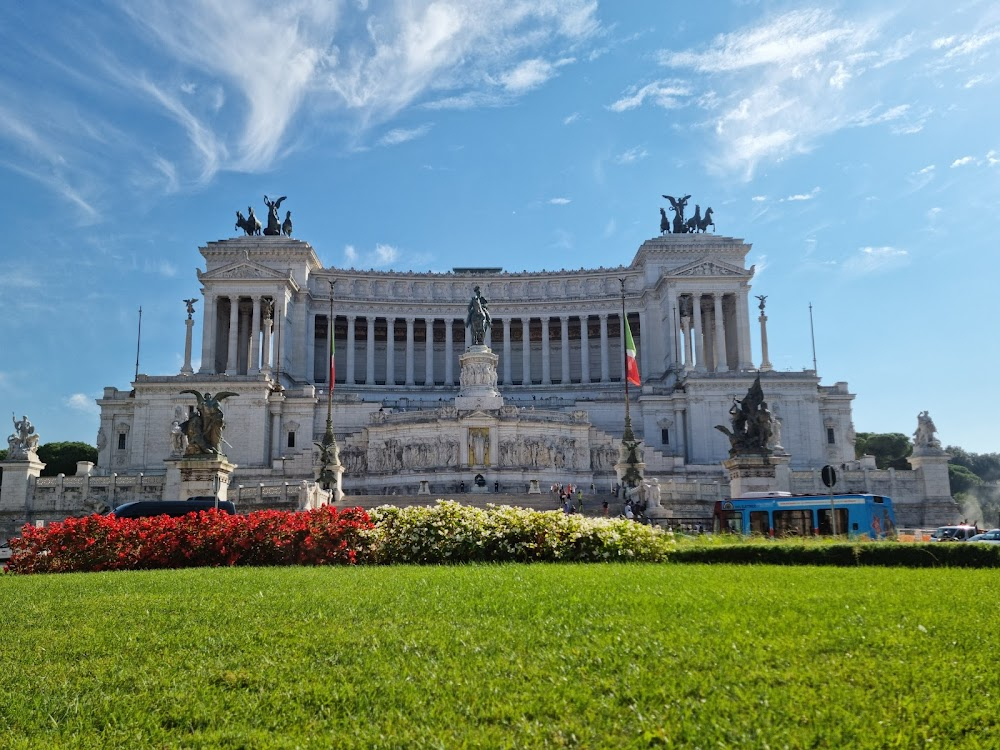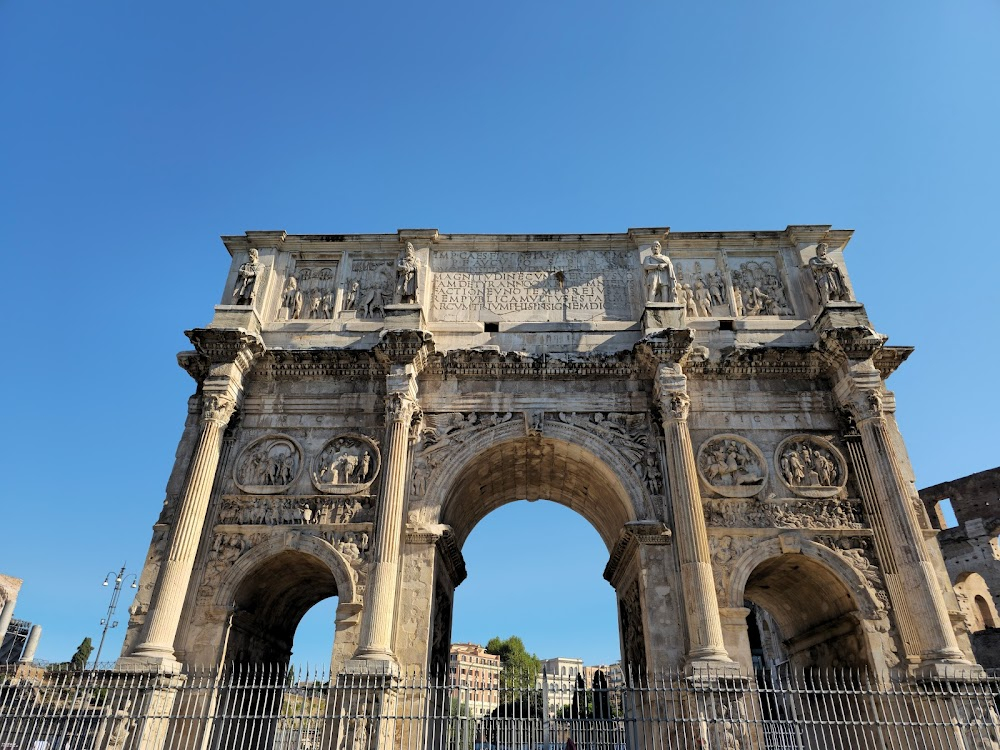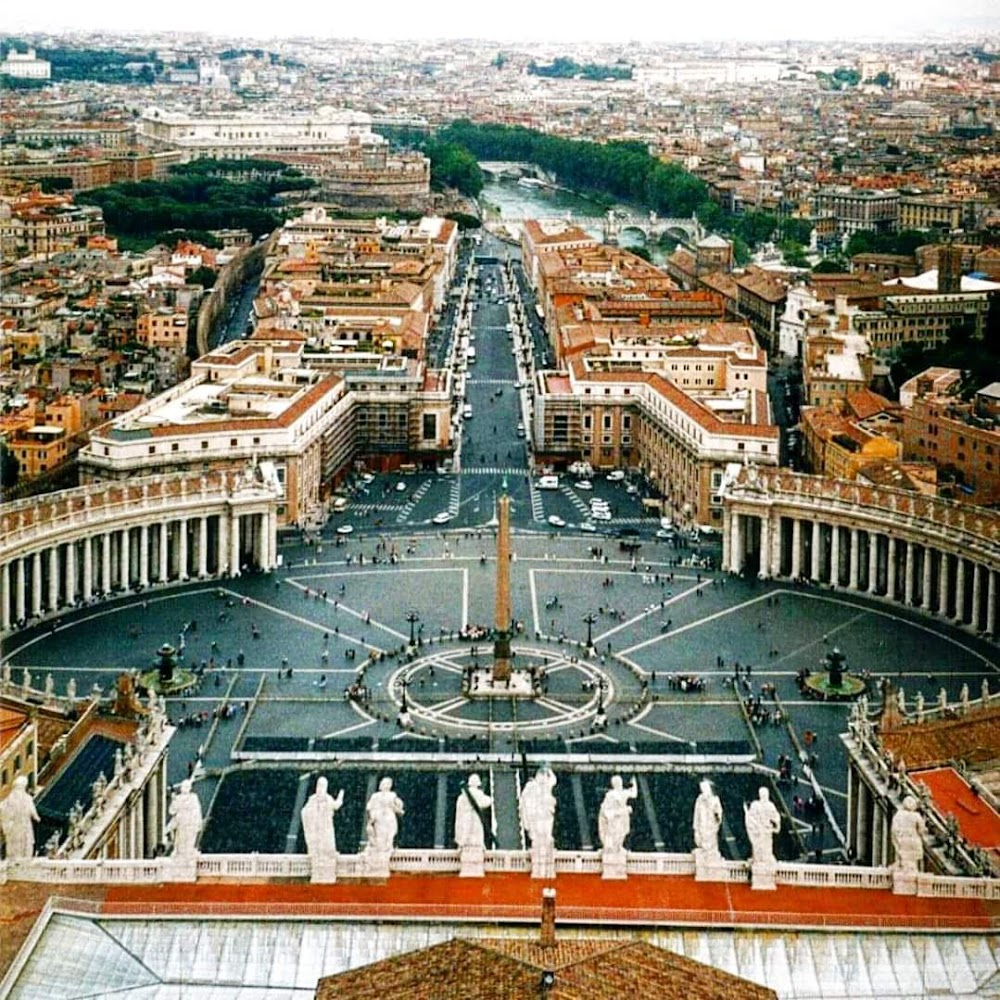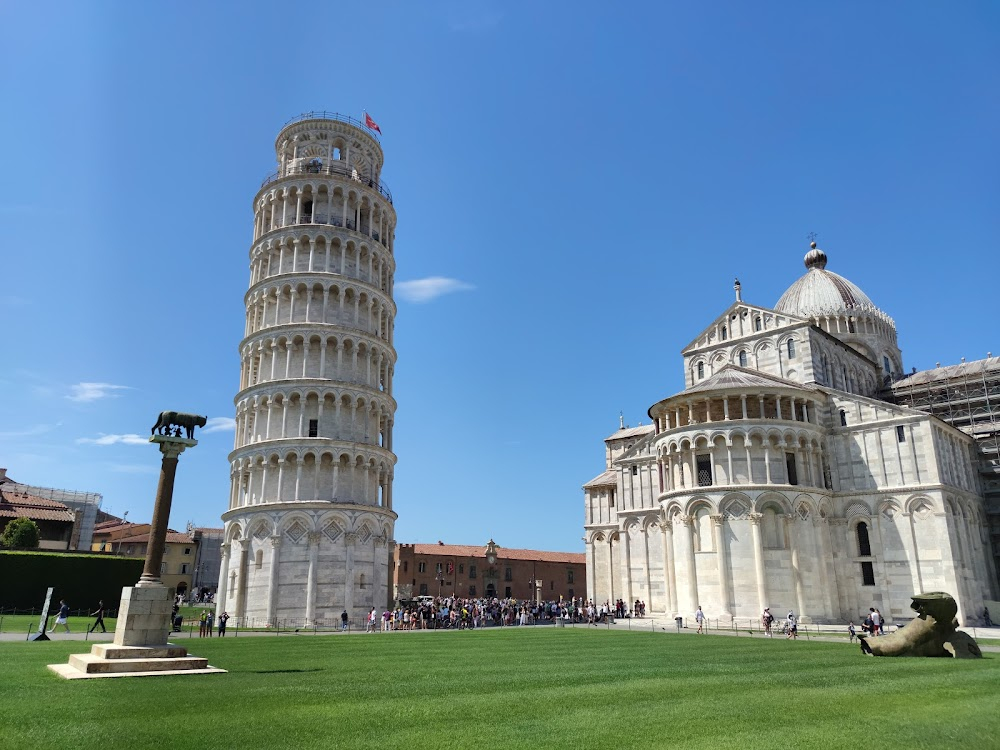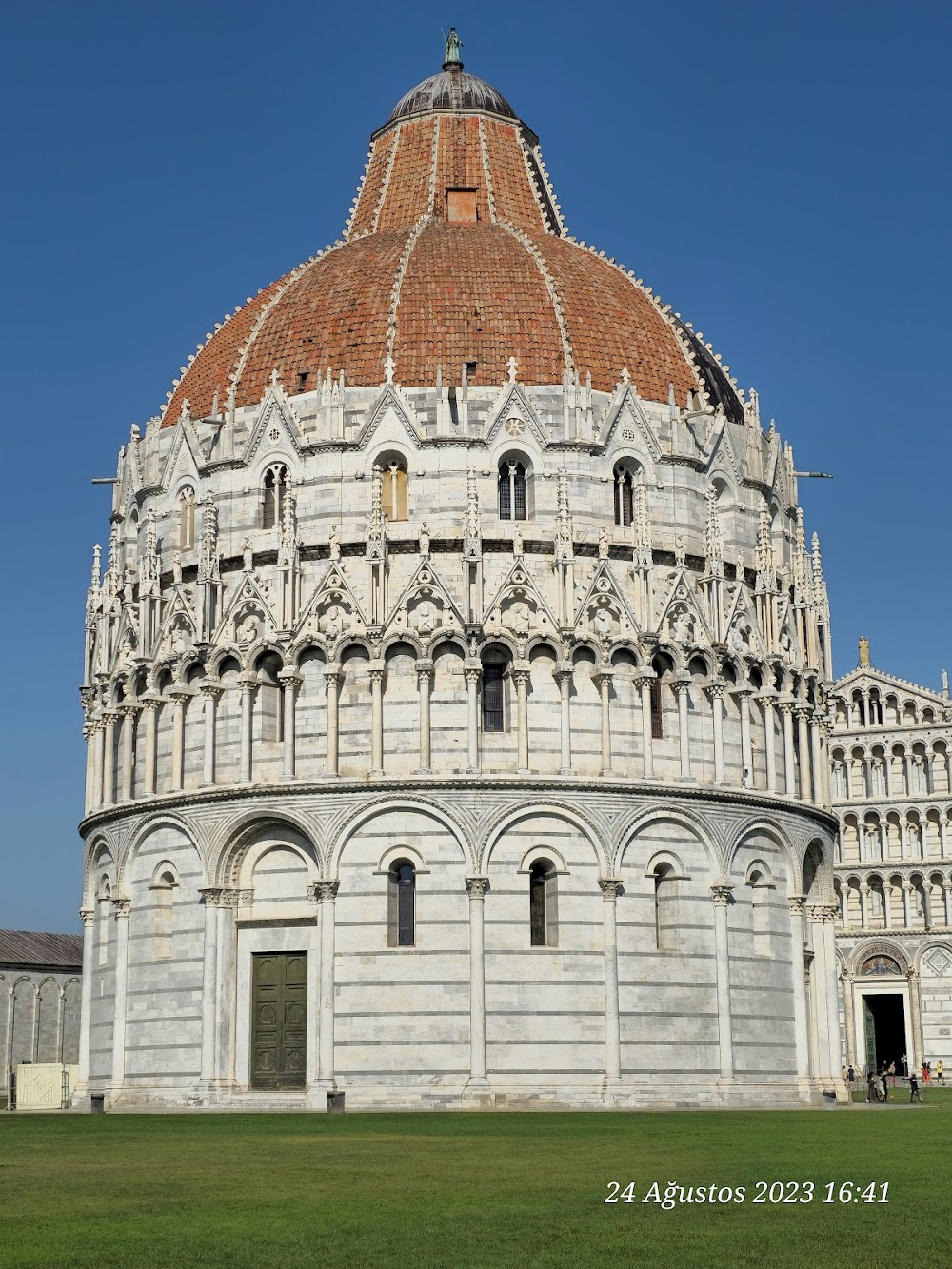Visiting Italy Filming Locations

Where was Visiting Italy filmed? Visiting Italy was filmed in 23 locations across Italy and Vatican City in the following places:
Visiting Italy Filming Locations
Assisi is a hill town in central Italy’s Umbria region. It was the birthplace of St. Francis (1181–1226), one of Italy’s patron saints. The Basilica of St. Francis is a massive, 2-level church, consecrated in 1253. Its 13th-century frescoes portraying the life of St. Francis have been attributed to Giotto and Cimabue, among others. The crypt houses the saint’s stone sarcophagus.
Florence, capital of Italy’s Tuscany region, is home to many masterpieces of Renaissance art and architecture. One of its most iconic sights is the Duomo, a cathedral with a terracotta-tiled dome engineered by Brunelleschi and a bell tower by Giotto. The Galleria dell'Accademia displays Michelangelo’s “David” sculpture. The Uffizi Gallery exhibits Botticelli’s “The Birth of Venus” and da Vinci’s “Annunciation.”
Pisa is a city in Italy's Tuscany region best known for its iconic Leaning Tower. Already tilting when it was completed in 1372, the 56m white-marble cylinder is the bell tower of the Romanesque, striped-marble cathedral that rises next to it in the Piazza dei Miracoli. Also in the piazza is the Baptistry, whose renowned acoustics are demonstrated by amateur singers daily, and the Caposanto Monumentale cemetery.
Rome is the capital city of Italy. It is also the capital of the Lazio region, the centre of the Metropolitan City of Rome Capital, and a special comune named Comune di Roma Capitale.
Umbria is an Italian region bordering Tuscany, Lazio and Le Marche. Often called the country's green heart, it’s known for its medieval hill towns, dense forests and local cuisine, particularly foraged truffles and wines. Hilltop Perugia, the regional capital, is the site of medieval Palazzo dei Priori, housing the Galleria Nazionale dell'Umbria art museum. Pedestrianized Corso Vannucci is the focus of city life.
Tuscany is a region in central Italy. Its capital, Florence, is home to some of the world’s most recognizable Renaissance art and architecture, including Michelangelo’s "David" statue, Botticelli’s works in the Uffizi Gallery and the Duomo basilica. Its diverse natural landscape encompasses the rugged Apennine Mountains, the island of Elba’s beaches on the Tyrrhenian Sea and Chianti’s olive groves and vineyards.
Lazio is a central Italian region bordering the Tyrrhenian Sea. Its principal city, Rome, is Italy’s capital and was at the heart of the ancient Roman Empire. Its iconic ruins include the Coliseum, an amphitheater that seated thousands. On the coast, the ancient port of Ostia still retains detailed mosaics and a theater. Inland are the forested Apennine Mountains, with nature reserves, lakes and stone-built villages.
Rome is the capital city of Italy. It is also the capital of the Lazio region, the centre of the Metropolitan City of Rome Capital, and a special comune named Comune di Roma Capitale.
Vatican City, a city-state surrounded by Rome, Italy, is the headquarters of the Roman Catholic Church. It's home to the Pope and a trove of iconic art and architecture. Its Vatican Museums house ancient Roman sculptures such as the famed “Laocoön and His Sons” as well as Renaissance frescoes in the Raphael Rooms and the Sistine Chapel, famous for Michelangelo’s ceiling.
Visiting Italy (1951)
This Traveltalks short focuses on the ancient ruins in Rome, the leaning tower of Pisa, and the architecture in Florence, Italy.

